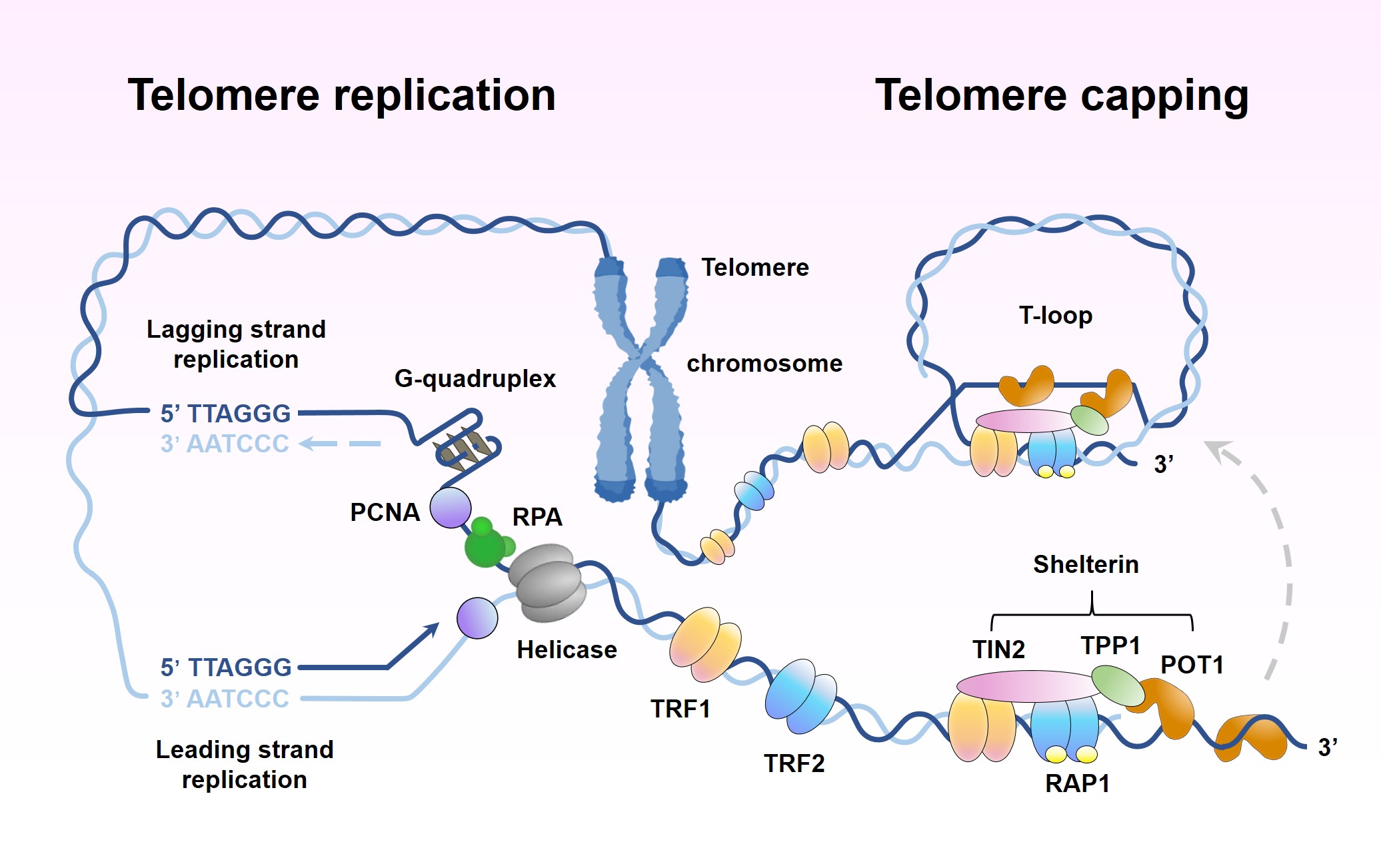Ensemble studies have contributed tremendously to comprehending biological reactions. However, these studies characterize the average molecular population, and have limited ability to detect intermediate states or to distinguish heterogeneities. Over the past few decades, single-molecule techniques, including fluorescence resonance energy transfer (FRET), magnetic tweezers (MT) and optical tweezers (OT), have proved to be exceedingly powerful in addressing this knowledge gap. By studying one molecule at a time, these approaches have enabled significant advancement in understanding a wide variety of biomolecular systems, especially those involving nucleic acids and associated proteins. Using these single‐molecule techniques, our research has focused on understanding mechanisms and functions of molecular motors, such as helicase, polymerase and nuclease, in the processes of DNA replication, repair, recombination, editing, and segregation and on developing technological innovations to meet the challenges in the pursuits. We are also interesed in membraneless organelles and amyloid fibrils related to neurodegenerative diseases. Currently, our lab covers four research fields:
-
 Homologous recombination and DNA repair DNA repair and recombination are essential for maintaining genome integrity. We combine biophysical manipulation techniques with fluorescence imaging to control, visualize, and dissect key steps in the recombination reaction mediated by many molecular proteins down to the single molecule.
Homologous recombination and DNA repair DNA repair and recombination are essential for maintaining genome integrity. We combine biophysical manipulation techniques with fluorescence imaging to control, visualize, and dissect key steps in the recombination reaction mediated by many molecular proteins down to the single molecule. -
 DNA replication and telomere maintenance Telomere maintenance is a complex interplay between standard DNA replication and the specialized activity of telomerase. We employ single-molecule techniques to reveal how telomeres are replicated and protected and elucidate the dynamic molecular mechanisms of the cooperation and coordination of key proteins involved.
DNA replication and telomere maintenance Telomere maintenance is a complex interplay between standard DNA replication and the specialized activity of telomerase. We employ single-molecule techniques to reveal how telomeres are replicated and protected and elucidate the dynamic molecular mechanisms of the cooperation and coordination of key proteins involved. -
 Dynamics of CRISPR-Cas and Argonaute proteins We use a series of single-molecule techniques to understand the detailed molecular mechanisms of CRISPR-Cas and Argonaute proteins, such as Cas9 and DdmDE, in order to increase their fidelity, minimize off-target cleavage, and ensure their efficient applications in medicine and biology.
Dynamics of CRISPR-Cas and Argonaute proteins We use a series of single-molecule techniques to understand the detailed molecular mechanisms of CRISPR-Cas and Argonaute proteins, such as Cas9 and DdmDE, in order to increase their fidelity, minimize off-target cleavage, and ensure their efficient applications in medicine and biology. -
 Assembly and disassembly of amyloid fibrils The aggregation of proteins into polymorphic amyloid fibrils and their deposition into plaques and intracellular inclusions are the hallmarks of amyloid diseases. We aim to uncover the mechanical dynamics of amyloid fibrils and their modulation by molecular chaperones and chemical compounds.
Assembly and disassembly of amyloid fibrils The aggregation of proteins into polymorphic amyloid fibrils and their deposition into plaques and intracellular inclusions are the hallmarks of amyloid diseases. We aim to uncover the mechanical dynamics of amyloid fibrils and their modulation by molecular chaperones and chemical compounds.
- per page 99 records total 4 records
- firstpage <<previouspage nextpage>> endpage
- PageNumber 1/1 jumpto

